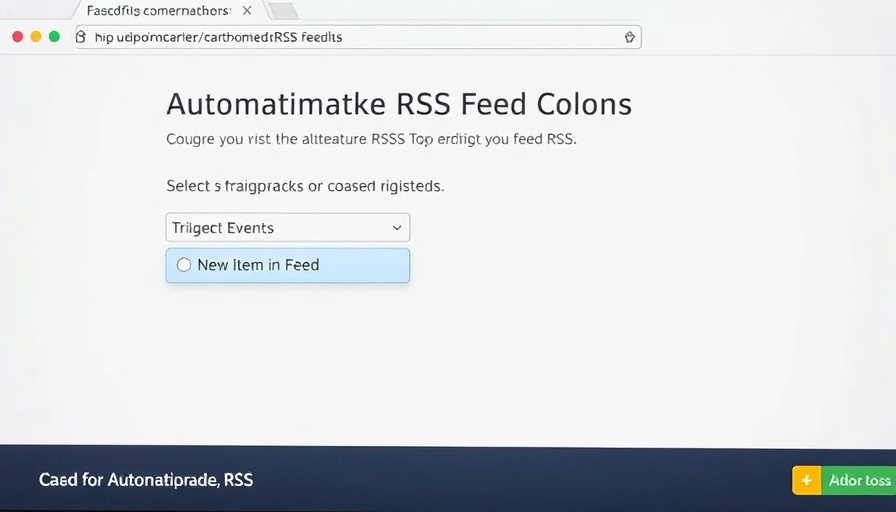
Unlocking the Language of AI: A Guide for Marketing Professionals
In the rapidly evolving world of artificial intelligence (AI), terminology can often become a barrier for professionals seeking to leverage these innovations effectively. Understanding AI isn’t just about grasping its functionalities; it’s about comprehending the lexicon that accompanies it. For marketing professionals, familiarizing themselves with AI terms is crucial to harnessing its power in campaigns, optimizations, and data analytics.
Essential AI Terminology Every Marketer Should Know
Let’s break down some critical AI terms that you may encounter. Consider terms like machine learning, which refers to a subset of AI focused on enabling machines to learn from data patterns without explicit programming. Similarly, natural language processing (NLP) allows computers to understand, interpret, and respond to human language, making it indispensable for chatbots and advanced customer service solutions.
Future Predictions: How AI Terminology Is Evolving
The future of marketing and AI is intertwined. As technology advances, new terminologies will emerge. For example, concepts like predictive analytics are becoming increasingly essential as brands seek to anticipate customer behavior through AI-driven insights. Marketing professionals who stay ahead of this evolving language will be well-positioned to make informed decisions, craft relevant strategies, and optimize their engagements with consumers.
Counterarguments: Embracing Challenges in AI Understanding
Despite the advantages of AI, some marketing professionals express reluctance to adopt these technologies. The fear of the complexity of machine learning and data interpretation can deter them from taking advantage of AI tools. However, understanding the language of AI and actively seeking information can mitigate this fear. Embracing AI terminology as part of your skillset empowers you to leverage AI solutions effectively and reduces reliance on external experts.
Practical Tips to Integrate AI Terms in Your Marketing Strategy
To successfully integrate AI into your marketing strategies, consider creating internal glossaries or resources that define key terms. This can facilitate better communication with cross-functional teams and streamline project discussions. Additionally, participating in webinars or training sessions geared towards AI and digital marketing can enhance your understanding and usage of AI terms, giving you a competitive edge.
The Emotional Journey of Adopting AI in Marketing
Transitioning to AI-driven marketing can be an emotional journey for professionals. The excitement of implementing new technology must be balanced with the anxiety of learning new terms and principles. It’s essential to embrace a growth mindset, viewing learning AI terminology as an opportunity to enhance your professional skill set rather than a hurdle.
Valuable Resources and Tools for Learning AI Terminology
Fortunately, there are numerous resources available for marketers that are eager to familiarize themselves with AI terminology. Online platforms like Coursera and LinkedIn Learning offer courses specifically on AI in marketing. Furthermore, industry publications and blogs frequently update glossaries that keep pace with emerging AI terms, ensuring your vocabulary remains current.
By engaging with these resources, you can expand your understanding and application of AI concepts in marketing, ultimately leading to more strategic and innovative initiatives.
Ultimately, understanding AI terms is more than a technical necessity; it’s about unlocking new potential and opportunities in the ever-competitive marketing landscape.
 Add Row
Add Row  Add
Add 




Write A Comment